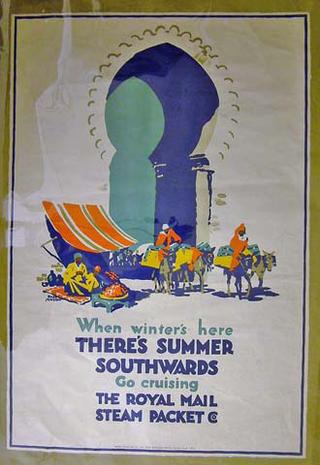
Royal Mail Steam Packet Company 1839 - 1932
- occupation:
- Shipping company
- Nationality:
- British
- born in:
- London, Greater London, England, United Kingdom
1830 - James MacQueen returned to Glasgow from the Caribbean and campaigned for a line of Royal Mail steamers. 1839 - first meeting of the company held at Reid, Irving and Co in London. Queen Victoria granted the company a royal warrant. 1841 - commenced operating after receiving the mail contract for the West Indies. 1847 - Tweed lost in high seas off Havana with the loss of 72 lives and subsequently replaced by Brunel's Great Western. 1850 - mail services were expanded to South America. 1853 - following the loss by fire of the wooden SS Amazon, the company moved to iron iron ships beginning with Atrato. 1864 - the company's first iron screw, Douro, built at Greenock. 1867 - a hurricane in the West Indies destroyed 58 vessels at St Thomas including three of the RMS fleet, Derwent, Wye and Rhone. 1897 - Danube and Orinoco attended Queen Victoria's Diamond Jubilee Naval Review at Spithead. 1899 - five company ships used as troop and supply transports at the start of the Boer War. 1900 - introduction of the yellow funnel to the company livery. 1905 - launch of the company's first twin screw ship, Aragon. 1906 - Owen Philipps, who later became Lord Kylsant, became Chairman of the company. 1920 - acquired the German twin funnelled Ohio as reparation for war damage to fleet ships. 1921 - joint service with Holland America Line to the Pacific coast of North America began. 1927 - acquired shares in the White Star Line. 1928 - was the largest shipping and shipbuilding organisation i nthe world. 1932 - the Kylsant Shipping empire collapsed and the Royal Mail Steam Packet Company went into liquidation and reformed as The Royal Mail Lines Ltd.

